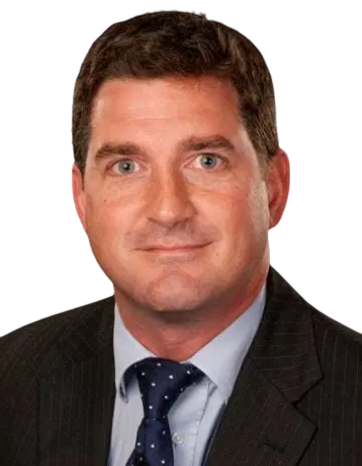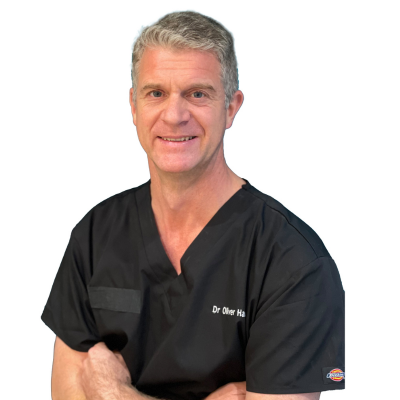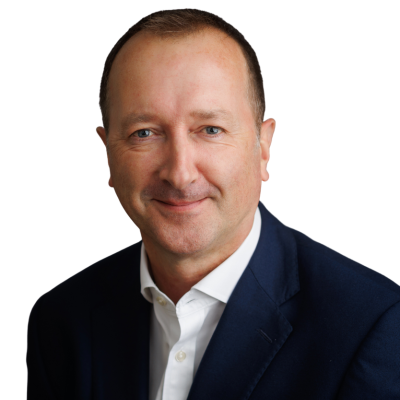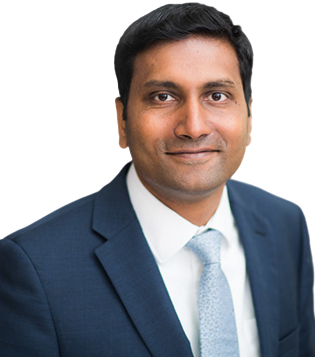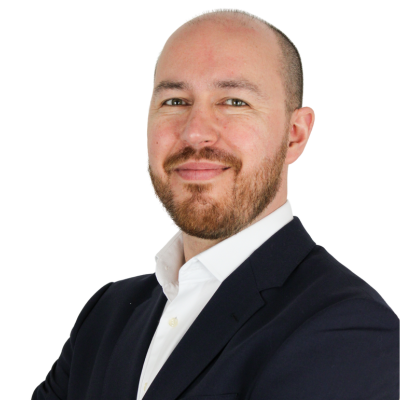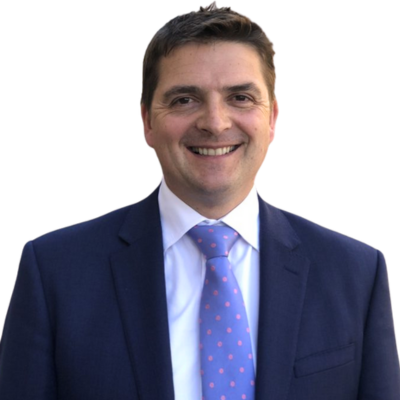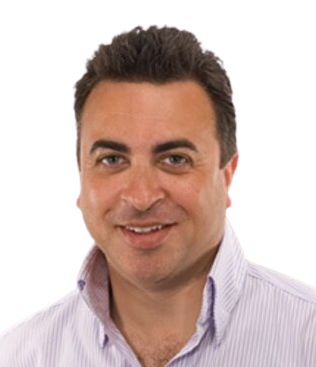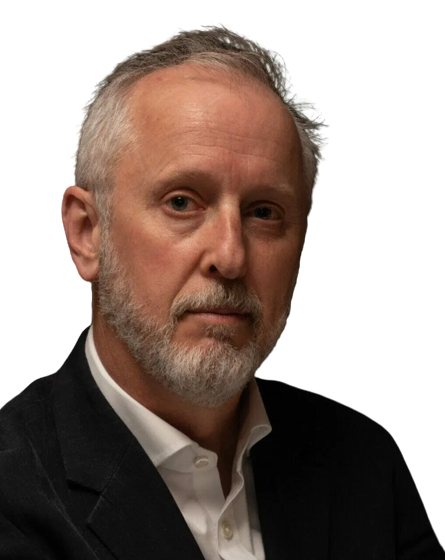Liposuction
Liposuction Surgery | Restore Your Body Confidence
People who struggle to lose weight through natural means such as dieting and exercise may turn to surgical alternatives, such as liposuction. The procedure promises to remove fat pockets from trouble areas including the stomach, underarms, thighs, and hips. Liposuction is renowned for instilling patients with a new lease of life and restoring their self-confidence.
The liposuction procedure process
Before your surgery, your consultant will talk you through the procedure in detail and answer any questions you have. Your consultant will place markings on your body where fat will be removed and how they will guide the operation. Your procedure can be performed under general and sometimes local anaesthetic (this can be discussed with your surgeon).
The procedure involves removing fat through a medical device called a cannula, which is inserted under the skin. This process is typically very fast and procedures excellent and immediately noticeable results. A high-pressure vacuum is then used to remove fat from the targeted area. Swelling bruising is to be expected post-surgery and this will mask your final results for anywhere up to two months.
What are the benefits of liposuction?
Liposuction has been made popular because of the results it produces and the benefits patients can enjoy from the treatment. Some of the benefits include: Reducing fat in areas where diet and exercise have no effect. Removing stubborn fat deposits, leaving a defined shape. It boosts self-esteem and enhances body image and confidence.
Consultants that perform this procedure
Your liposuction recovery process
After the procedure, you will be fitted with a support corset or compression bandages to help reduce swelling, bruising and aid in recovery. As part of your aftercare plan, you will be prescribed medication from your consultant for up to two weeks. After your stay with us, you will need someone to drive you home.
Any strenuous activity should be avoided for two to three weeks to avoid any damage as your scars heal. The results of your liposuction procedure will not be immediately obvious until the swelling has reduced – this can take up to six months to settle completely.
At eight weeks post-liposuction, your results should begin to take proper shape. Do not be discouraged if your results aren’t immediately apparent. Residual swelling can obscure your results, but this should go down in the residual swelling that can obscure the actual changes that you might see in a few more months.
When to expect your liposuction results
Every patient will experience different results based on the extent of their surgery and their own expectations. Where you choose to have your liposuction procedure will also be taken into account. For example, abdominal liposuction results may be more noticeable than someone who has had underarm liposuction due to the size of the operated area.
It is important to be realistic regarding your liposuction results. You will have a far better understanding of your results when you have spoken to your liposuction consultant. They will be able to show you a rough extent of your results by drawing surgical lines on the areas where fat will be removed.
Liposuction for men
Due to its popularity among women, many people assume liposuction is only for females. This is not the case. Liposuction is also available to men wanting to remove stubborn fat from problem areas around their body. Liposuction for men is increasing in popularity due to the contouring techniques available for creating personalised end results. The surgery and recovery for men undergoing liposuction treatment is the same as it is for women.
Liposuction questions to ask your surgeon
- How long should I wear compression garments after liposuction?
- Does fat come back after liposuction?
- How long before I see results from liposuction?
- Am I an ideal candidate for liposuction?
- How should I prepare for liposuction?
- How is each procedure priced?
This article was written by The McIndoe Centre, in collaboration with Paul Banwell BSc MB BS FRCS (Eng) FRCS (Plast) Consultant Plastic and Reconstructive Surgeon. All information, advice and procedures were updated on 17th September 2019.
Liposuction FAQ's
Patient Information Hub
If you are thinking about having cosmetic surgery, here are some important questions that you should ask yourself to help you make the decision that is right for you.
- What do I want to change and why do I want to have surgery?
- Have I considered all the options?
- Can surgery give me the results I want?
- Am I expecting the surgery to change my life as well as my appearance?
- Is now the right time?
Having surgery is a big decision
For more information and advice about cosmetic surgery contact our Private Patient Advisory Team on 01342 488054 or email info.mcindoe@horder.co.uk.
Planning your long-term goals with your consultant, and researching the procedure, will reinforce whether surgery is the right option for you.Surgery is not without risk so you should be sure in your reasons for wanting to go ahead. It is important that your expectations are realistic and that the advantages to you always outweigh the risk of surgery.
Take this checklist to your consultation with the surgeon performing the procedure. Discuss each topic with your surgeon to help you make the decision that is right for you before having surgery.
Having surgery is a big decision
For more information and advice about cosmetic surgery contact our Private Patient Advisory Team on 01342 488054 or email info@mcindoe.co.uk
Think carefully before having cosmetic surgery
Never feel rushed or pressured into giving your consent. Be wary of surgeons or staff who try to convince you to go ahead. Take plenty of time to make your decision.
We strongly advise you take at least two weeks after your consultation with the surgeon performing the procedure to think things through before surgery.
Having surgery is a big decision
For more information and advice about cosmetic surgery contact our Private Patient Advisory Team on 01342 488054 or email info@mcindoe.co.uk





